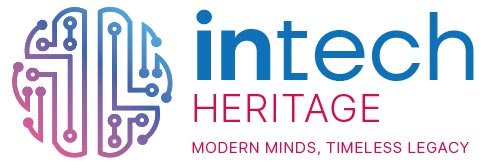Artificial Intelligence (AI) has emerged as a powerful technology that is transforming the way organizations address challenges and seize opportunities. From process automation to advanced data analysis, AI offers unprecedented potential to drive innovation and growth across all sectors. For solutions architects, the ability to effectively integrate AI into proposed solutions is essential to stay ahead in an increasingly digital world.
Understanding the Client’s Challenges:
Before starting to incorporate AI into a proposed solution, it is crucial to understand the specific challenges the client faces. A solutions architect must conduct a thorough assessment of the client’s needs and objectives, identifying areas where AI can have a significant impact. This involves closely collaborating with stakeholders and performing a detailed analysis of the available data.
Identifying Appropriate Use Cases:
Once the client’s challenges are understood, the solutions architect must identify appropriate use cases for AI. This involves determining which tasks or processes can be improved or automated using AI techniques such as machine learning or natural language processing. By selecting the right use cases, the solutions architect can ensure that AI adds real value to the proposed solution.
Assessing Technical Feasibility:
Before implementing an AI solution, it is essential to assess its technical feasibility. The solutions architect must consider factors such as the availability and quality of data, the computational power required, and existing technical constraints. This assessment will help ensure that the AI solution can be effectively implemented and seamlessly integrated with existing systems.
Collaboration with AI Experts:
Successful integration of AI into a proposed solution requires close collaboration with AI experts. The solutions architect must work together with data scientists, AI engineers, and other specialized professionals to design and implement the solution. This collaboration will ensure the optimal use of AI algorithms and techniques, as well as the correct implementation of the necessary models and systems.
Ensuring Ethics and Transparency:
AI raises important ethical and transparency considerations. As a solutions architect, it is crucial to address these aspects in AI integration. This involves ensuring that the data used is ethically sourced, protecting user privacy, and ensuring that AI models are fair and unbiased. Additionally, it is important to provide clear and understandable explanations of how AI systems are used in the proposed solution.
Continuous Monitoring and Improvement:
The integration of AI into a solution does not end with its initial implementation. A solutions architect must continuously monitor and evaluate the performance of the AI solution, making adjustments and improvements as necessary. This involves overseeing the accuracy and quality of AI results, as well as addressing any issues or limitations that may arise over time.
Conclusion:
The effective integration of Artificial Intelligence into proposed solutions is an invaluable skill for solutions architects in today’s digital age. By understanding the client’s challenges, identifying appropriate use cases, assessing technical feasibility, collaborating with AI experts, ensuring ethics and transparency, and continuously monitoring and improving, solutions architects can harness the full potential of AI to deliver innovative and value-added solutions to their clients. In doing so, they can drive the success of both their clients and their own professional careers in an increasingly AI-driven world.

